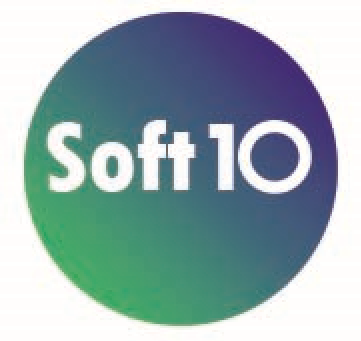MSS
Previously in the market for statistical software, applications required the involvement of professional, hired statisticians to generate the final predictions. We refer to this class of software as “MSS” (manual statistical software), since they require this additional manual work from a statistician to be useful to a business.
MSS presents three operational challenges to a business seeking to leverage data to drive growth and sales:
- Cost: MSS requires substantial funds to implement and maintain (expert staff salaries, software costs, training costs, etc.); this limits their use to the largest companies who can afford these costs.
- Storage: The explosion of data collection capabilities and the sheer amount of available data, especially for digital companies, again limits MSS use to large companies, and even puts certain restrictions on their usage as well.
- Time: Manual models take weeks to build, limiting the flexibility to respond in real time, as market conditions and behaviors change.
ATSS
Automation represents one of the best responses to these limiting challenges, and with automation already prevalent in just about every other analytics field, it made sense to extend it into predictive modeling as well.
The industry chose to tackle this issue from the direction of technical trials and automated application of statistical analysis. We call this software class “ATSS” (automated statistical software), and it includes such programs as automated regression analysis, genetic algorithms, and neural networks, to name a few important ones. However, initial software versions that automated scoring were not so successful, as their algorithms were not truly based on self-learning principles. They were either repeatedly using the same equation or just slightly altering the regression coefficient to catch up with incoming data volatility. As a result, ATSS solutions caused significant prediction errors and never quite met user expectations.
SLSS and Soft10
Soft10 developed from an understanding of the basic challenge: how to teach a computer to make a prediction on its own. This achievement holds great value in that a computer never gets tired and can offer a near-unlimited capacity to make real-time predictions, overcoming the limits of previous analytical models. The resulting software uses a self-learning, multi-model approach to predictive analysis that defines a new class of software: “SLSS” (self-learning statistical software). SLSS achieves two key differentiating traits that set it far ahead of its predecessors:
- Significantly higher prediction accuracy than any MSS due to using multi-model predictions
- Faster generation of predictions across multiple models than any ATSS
Soft10 is now in its third generation of SLSS and introduces a revolutionary multi-model prediction system. After more than a year of testing and live-market applications, benchmarking against the best available MSS and ATSS options shows Soft10 to be the fastest and most accurate in producing predictions. We use the term “producing predictions” instead of “making predictions” to distinguish predictions made by MSS and ATSS, where close human guidance is needed, from the predictions produced by SLSS, which reduces the need for human expert guidance and manual data preparation.
With Soft10, you no longer need a full analytics team or in-house data scientist to make use of the data you collect. The opportunities and business power of predictive modeling are now accessible to any and every business with data to analyze. All you need is Soft10 and a desire to leverage your data!
